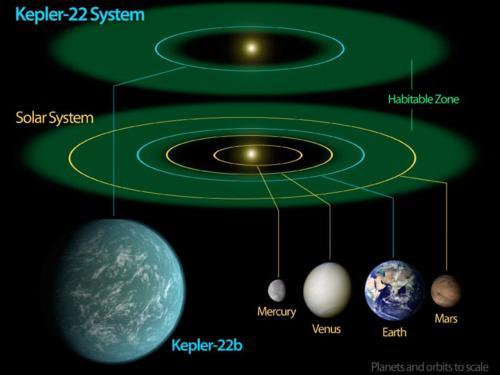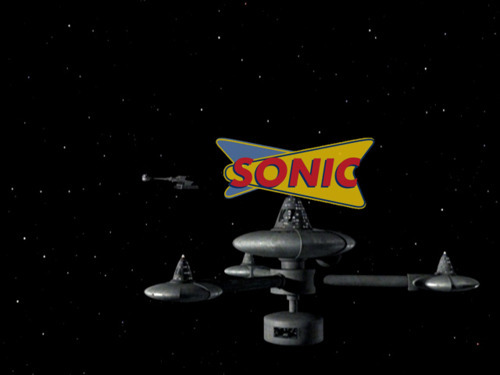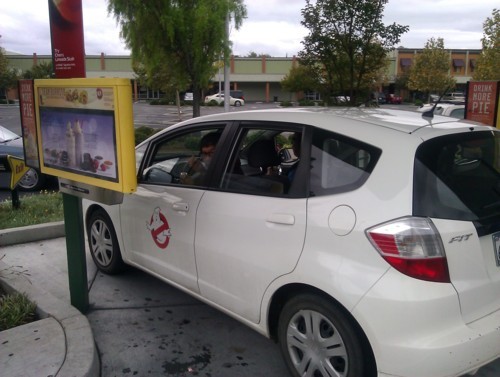If you saw us at one of our many events across the Bay Area, welcome! The Loma Prieta is looking for new members in the San Francsico bay area, so if you love Star Trek, exploration, self enrichment, and helping others in true 24th century fashion then we want to hear from you! Please sign up and we’ll contact you promptly about our next open recruiting event.
Archives
All posts by Chief Engineer

Federation Historical Archives, Visual Record (2012.0526): The USS Iowa, last remaining battleship of the United States Navy’s World War 2 fleet, passes beneath the Golden Gate Bridge during the bridge’s 75th Anniversary celebrations. As it left San Francisco Bay for the last time, the USS Iowa embarked on its final journey to Long Beach, CA to become a permanent museum ship.

How to Host a TNG Mystery Dinner Party: (2012.0331) Visual Records

How to Host a TNG Mystery Dinner Party: (2012.0331) Visual Records

How to Host a TNG Mystery Dinner Party: (2012.0331) Visual Records

How to Host a TNG Mystery Dinner Party: (2012.0331) Visual Records

How to Host a TNG Mystery Dinner Party: (2012.0331) Visual Records

How to Host a TNG Mystery Dinner Party: (2012.0331) Visual Records

How to Host a TNG Mystery Dinner Party: (2012.0331) Visual Records

How to Host a TNG Mystery Dinner Party: (2012.0331) Visual Records

How to Host a TNG Mystery Dinner Party: (2012.0331) Visual Records

How to Host a TNG Mystery Dinner Party: (2012.0331) Visual Records

Chief Engineer’s Log: Having successfully traveled back into the early 21st century, we arrived at the California Academy of Sciences, and the crew of the USS Loma Prieta split into teams to examine various aspects of this historic building which. By the mid 22nd century, this bastion of scientific wonder was relocated to make way for the construction of Starfleet Headquarters and Starfleet Academy.
Leading the Engineering team, and accompanied by Ensign Cindy Bee, we proceeded to examine future engineering technology as it applied to space travel during the early 21st century. Our attention was drawn to the NASA table containing the Kepler project. The Kepler project, or just “Kepler”, is NASA’s first attempt to find class M planets outside our own solar system. At this point in Earth history, the only manned space exploration has been to the Earth’s moon.
Using a specially designed, very sensitive, wide-field telescope called a photometer, Kepler seeks to detect planets that can support life, by detecting light from nearby stars that is periodically blocked by orbiting planetoids. Kepler was launched into orbit around the Earth’s sun (Sol) on March 6, 2009 and functions as a very precise light meter. Data from at least three transits of a planetoid must be collected in order to ensure that it is indeed a planet orbiting the given star. Transits occur when the orbit of a planet is along our line of sight to a star. These transits can last from a few hours to about half a day and happen once per orbit.
Once enough data has been collected, scientists can determine both the planet’s size and its orbit from the transits. The planet’s size determines if you could have a life-sustaining atmosphere. Knowing the orbit and type of a star, scientists can determine if the planet is in the “HZ” of that star. The HZ refers to the “habitable zone” and is the range of distance from a star where liquid water can exist on a planet’s surface. With the current understanding of carbon-based life, water is required for the chance for life to develop on a planet outside our solar system, at least life similar to our own. Of course, finding such a planet does not guarantee that it will support life, but this is the first step that NASA has taken to determine this without resorting to further manned missions within the galaxy.
Kepler is pointed at a rich star field in the Cygnus and Lyra regions of our galaxy, the Milky Way, and continuously monitors more than 100,000 stars to look for planets. In the early 21st century, the world was still using a system called the Internet to communicate and store information. By current Starfleet standards, the system was laughably inadequate. Using this medium, information regarding the project could be found at the internet address of http://kepler.nasa.gov. It is amusing to note that Starfleet crews have visited thousands of class M planets in its history, and one has to wonder if the Kepler project had detected any of those beforehand. Upon completing our research, myself and Ensign Cindy Bee concluded our reports and went in search of synth ale, however it hasn’t been invented yet so we had to drink a regional version of beer instead. I have to say, programmers for the replicators and manufacturers of synth ale should really come back in time and get some samples of beer so that they can more closely duplicate the flavors. If only the Academy had been dispensing whiskey, now that would’ve been a wonderful history lesson.
~Lt. Tom Hesser
Chief Engineer
USS Loma Prieta
Starfleet, Region 4

In recent months, Starfleet has been receiving reports that there has been an increase in traffic to the Gamma quadrant, an area to the galatic east of San Francisco. Upon further investigation, Starfleet agents were able to find references to a place called “Sonic” among leaflets being distributed by the Ferengi. Concerned, Starfleet asked the USS Loma Prieta to send in a covert operation of specially trained crew into the Gamma quadrant to find the answer.
Unfortunately, Cmdr. Perkins was occupied at a Starfleet Security conference, and couldn’t attend the mission. Instead, Lt. Jon Sung was given command of the Runabout Egon to lead an away team consisting of myself (Lt. Hesser) and En. Andy Smith. Lt (jg) Ben Roodman, having visited Quark’s the night before, was indisposed and could not make the mission. (Personal log: remember to look up Starfleet disciplinary policy for crew members missing away missions due to overindulging in synth-ale)
Following the directions we received from Starfleet Intelligence’s Google branch, we eventually came upon the trail of starships leading us to the fabled Sonic in the region of “Hayward”. It was then that we made the most shocking discovery of the mission that will shake the foundations of Federation archeology for decades to come; the mythical planet of “Sonic” was in fact not a planet at all …but a space station run by some rather entrepreneurial Ferengi.

Interestingly, Sonic does not require you to transport on to the location itself, but allows you to pull up your vessel and request replicator uploads directly to your craft. You can also have a representative from the Sonic deliver non-replicated food directly to your craft with a helpful smile. Oddly, these representatives traveled using footwear with wheels attached. Later research into Starfleet’s databases revealed these items to be called “rollerskates” and were used frequently in the mid to late 20th century.
Among the faire sampled were “hot dogs”, “bacon cheeseburgers”, “tots”, “onion rings”, and “mozzarella sticks”. Tricorder scans showed the food items to be very low in nutritional value, yet they were surprisingly delicious. There was also a drink sampled by myself and Ensign Smith which left their tongues surprisingly numb. Scans collected on the beverage will be forwarded to Starfleet Medical to find out if there’s any danger posed to the group. The crew concluded that the mission was a great success and no threat to Starfleet, although there were indications that there would be a strong Ferengi foothold in the Gamma quadrant if the success continued.
~Lt. Tom Hesser
Chief Engineer
USS Loma Prieta
Starfleet, Region 4
